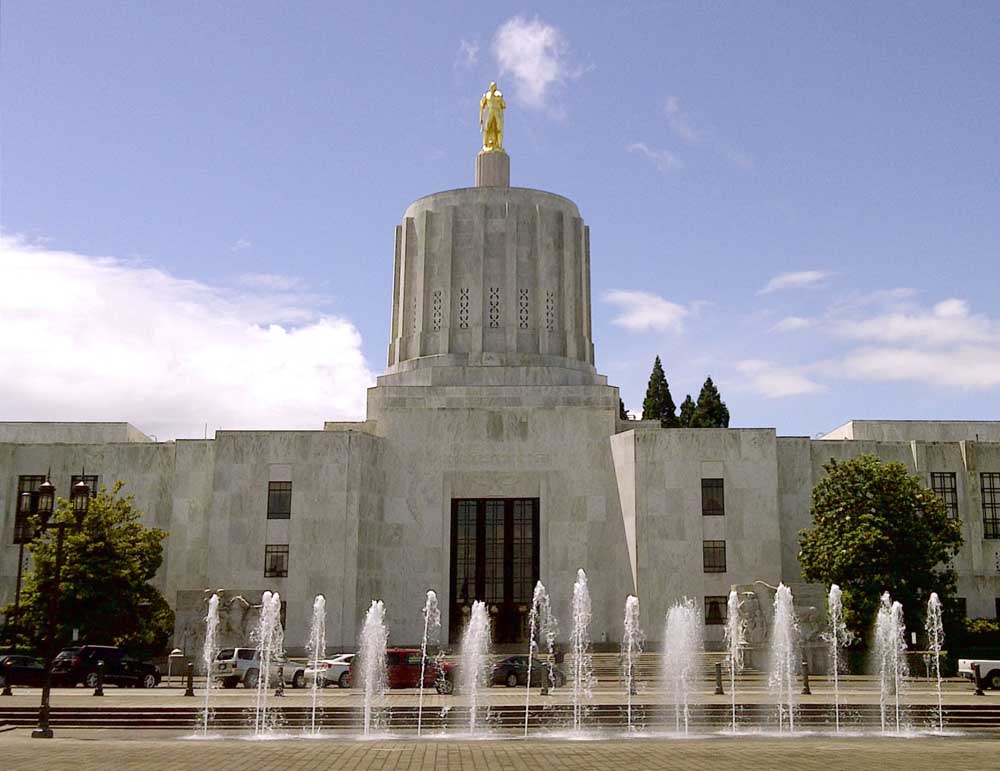Yakima River basin irrigators take hit as drought worsens
Published 4:25 pm Thursday, June 5, 2025

- The Washington Department of Ecology has declared a drought emergency in 21 watersheds. (Courtesy of Washington Department of Ecology)
The U.S. Bureau of Reclamation predicted June 5 that Yakima River basin irrigators with junior water-rights will get 43% of their full water allotments, the lowest percentage in 20 years.
Not since 2005, when south-central Washington irrigators vulnerable to curtailments received 42% of full supplies, have farmers faced such a deep cutback in a region notable for crops such as apples, cherries and hops.
The weather-driven water shortage has worsened over the past two months and could continue to deteriorate. The National Weather Service predicts the summer will be hotter and drier than usual. Triple-digit temperatures are in the region’s near-term forecast.
The Reclamation Bureau, which will update its outlook in mid-June, projects the water supply could still drop to as low as 34% of normal. Irrigators in 1994 and 2001 received a record-low allotment of 37%.
The bureau’s five reservoirs supply water to irrigate about 464,000 acres. The reservoirs have likely peaked and are at 66% capacity, the fourth-lowest level since 1971.
Irrigators with senior water-rights, issued before 1905, will get full allotments. Irrigation districts that serve junior water-right holders will hope for timely rains and try to nurse the water through the summer — the third straight year that farmers have had water supplies curtailed.
The Roza Irrigation District, based in Sunnyside, shut down its canal for 10 days beginning in May and spent $3 million to lease enough water to run the canal for about a week.
The district plans to deliver water until Oct. 1 because most crops are harvested after mid-September, but anticipates shutting down earlier than the usual mid-October shutdown.
“We’re playing a bad hand of cards,” Roza manager Scott Revell said. “It (the water supply) is dropping just as bad as we worried about.”
In early April, the Reclamation Bureau projected irrigators would receive 58% of their normal allotments.
“We just keep working our way down,” Kittitas Reclamation Bureau manager Urban Eberhart said.
The Ellensburg-based district plans to deliver 9 gallons a minute per acre until June 20 to get farmers through the first cutting of Timothy hay. After that, deliveries will be ramped down. Sometime in July, water deliveries will be halved. The district will try to run to Sept. 1 if possible, Eberhart said.
The water shortage has caused farmers to leave some fields fallow and interrupted crop rotations, he said.
“This is the third year of this and everyone is being extremely careful,” he said.
In another drought development June 5, the Washington Department of Ecology declared a drought emergency in 19 watersheds. The department had already declared a drought emergency for three Yakima basin watersheds in April.
The drought grew because April was warm and April and May were dry, said Karin Bumbaco, Washington state assistant climatologist. The snow pack peaked March 24, almost two weeks earlier than usual, and started to melt fast. Streams are low and soils are dry, she said.
Ecology has declared a drought emergency the past three years and six times in the past decade. “We expect droughts to be more severe and more frequent in the future,” Bumbaco said.
The Yakima basin has never recovered from the 2023 drought. The Reclamation Bureau’s five reservoirs — Keechelus, Kachess, Cle Elum, Bumping and Rimrock — were very low at the end of the 2023 irrigation season. The past two winters have failed to produce enough rain and snow to make up the deficit.
The reservoirs are expected to again be low at the end of this irrigation season. The winter will need to be wet to replenish them.
“We’re already concerned about 2026,” Revell said.
Ecology’s expanded drought declaration applies to all of Skagit and Whatcom counties, and parts of Snohomish, King, Pierce, Lewis, Thurston, Okanagan, Chelan, Clallam, Jefferson and Ferry counties.
Ecology has $4.5 million set aside for drought-relief projects by public entities.






